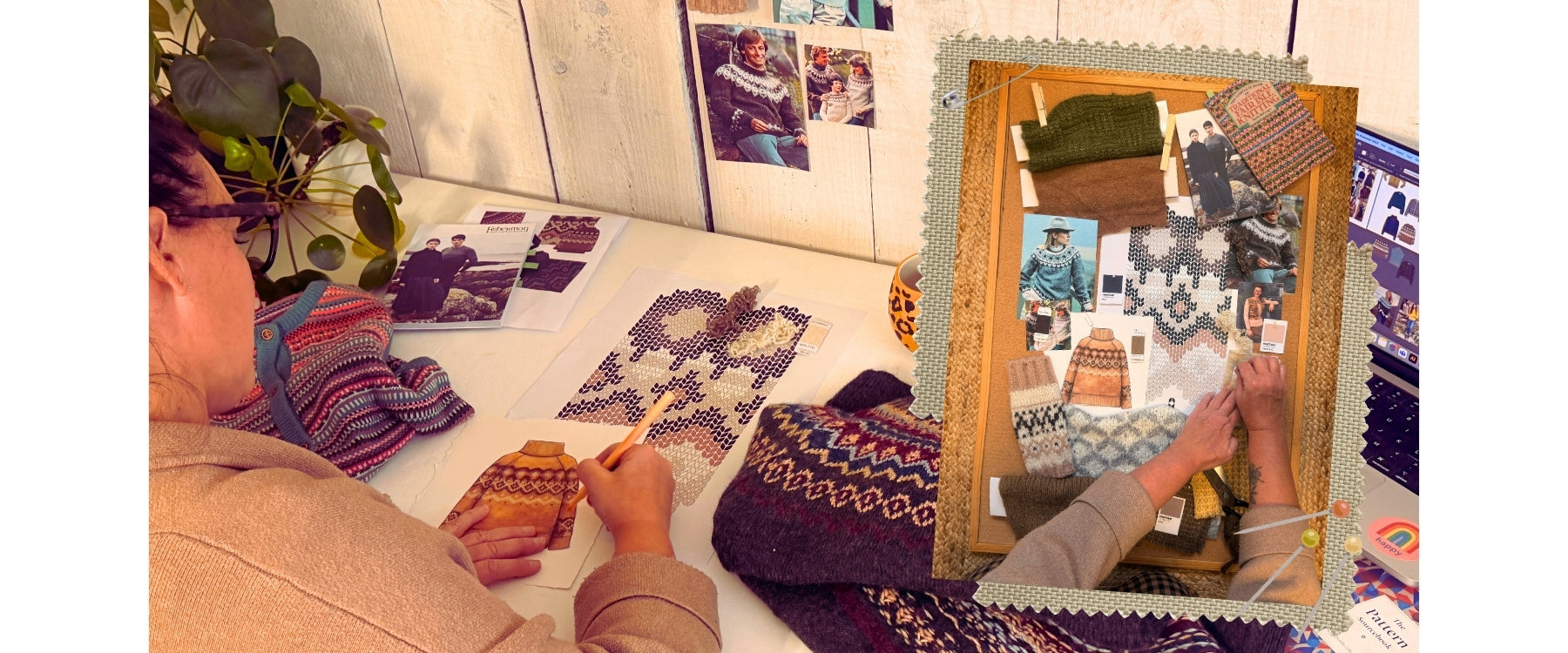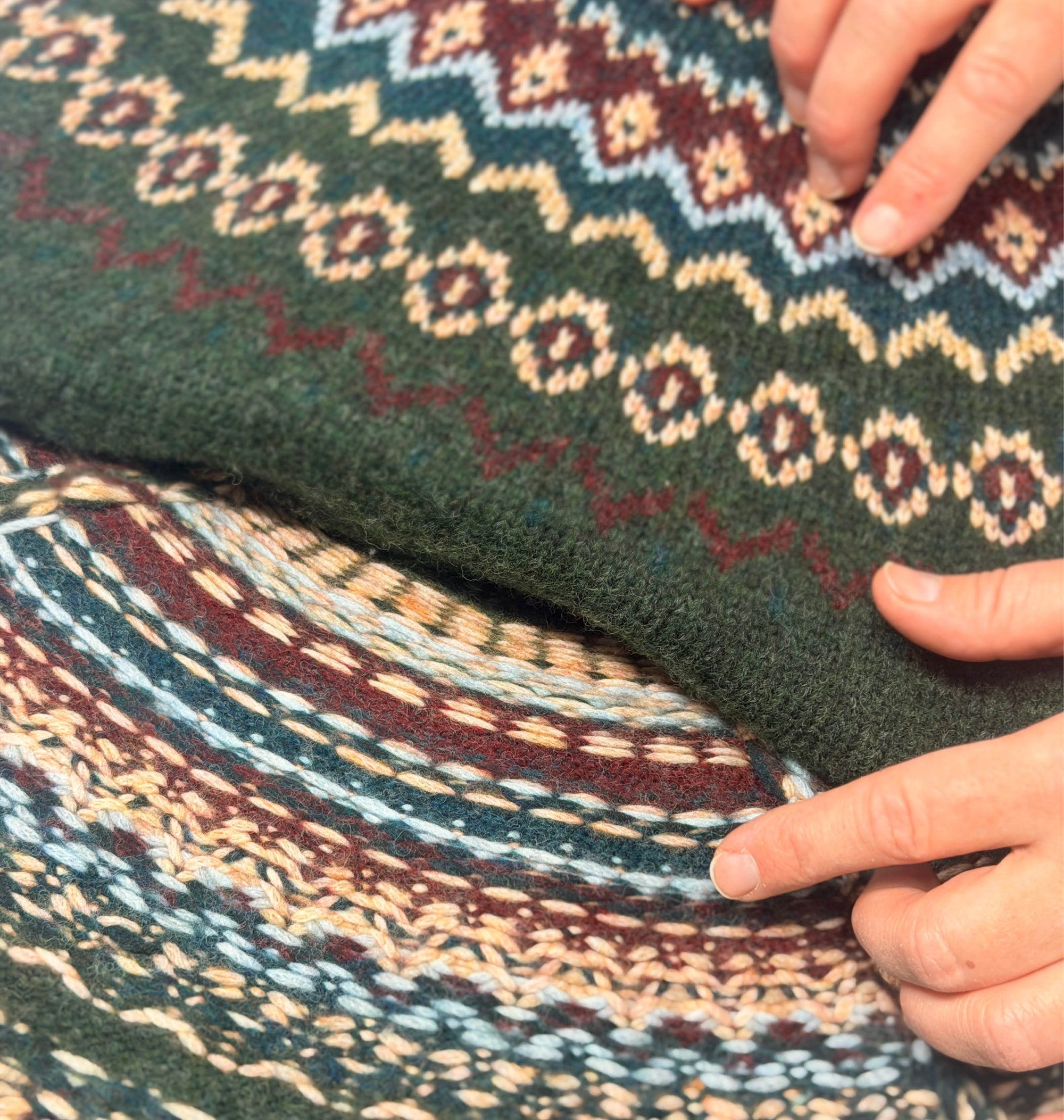The History of Fair Isle Jumpers
The Fair Isle pattern is one of the most recognisable and beloved symbols of winter style. Originating from Fair Isle, a small island in the north of Scotland, the technique became famous for its intricate, multicoloured designs and traditional hand-knitting methods. Historically, local knitters used naturally dyed wools in earthy tones, creating geometric motifs that reflected their island surroundings. Each piece told a story, unique, handcrafted, and full of character.
Fair Isle knitting gained wider popularity in the early 20th century when the Prince of Wales, later Edward VIII, wore a Fair Isle jumper in public. From that moment, it became a hallmark of British fashion and a symbol of warmth, craftsmanship, and timeless seasonal charm. Over the years, it has become closely associated with winter and Christmas, evoking a sense of
nostalgia and comfort.
In house Design Team
At Brakeburn, we continue this proud tradition with a modern touch. Our in-house design team creates every Fair Isle pattern from scratch, taking inspiration from classic motifs and reimagining them with contemporary colour palettes and thoughtful detailing. Each design is carefully balanced to feel both nostalgic and new. For us, Fair Isle represents heritage, creativity, and craftsmanship. It’s the essence of festive style-warm, joyful, and made to last for many seasons to come.


Jacquard Knits
Intarsia creates blocks of colour by using a separate yarn for each colour area, resulting in a thin, stretchy fabric with no yarn floats on the back. In contrast, Jacquard is a technique where unused yarns are carried across the back of the work as floats, creating a denser, warmer, and often repeated or intricate pattern. The primary difference is intarsia's discrete yarn balls for isolated colours versus jacquard's continuous yarn carrying for repeated patterns.


